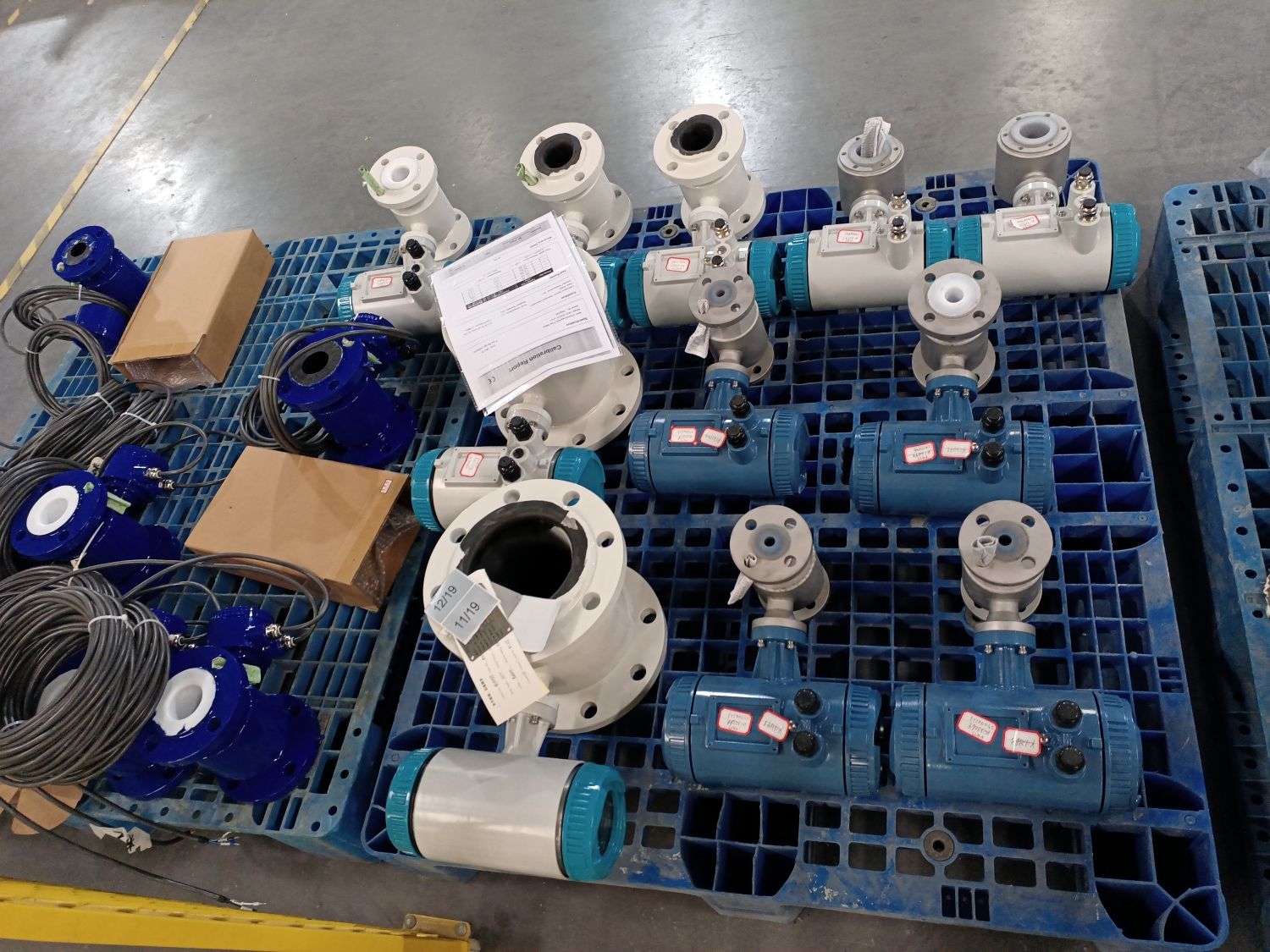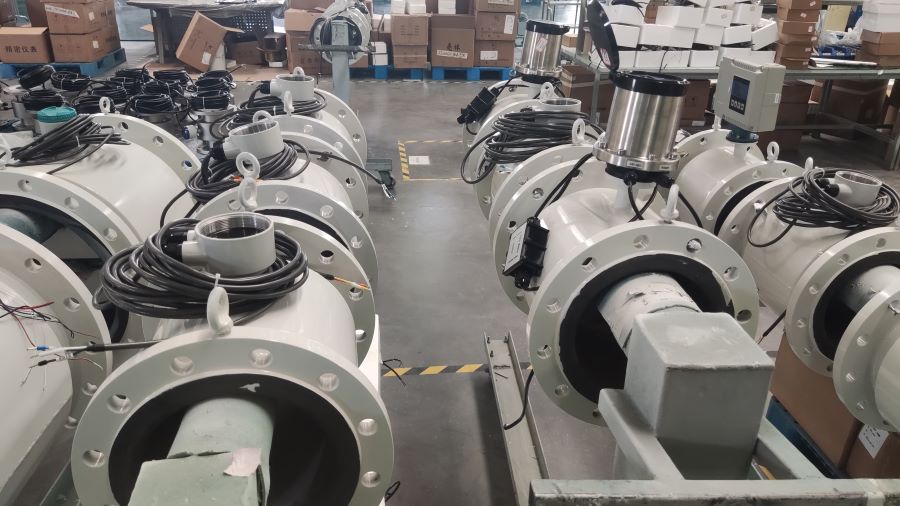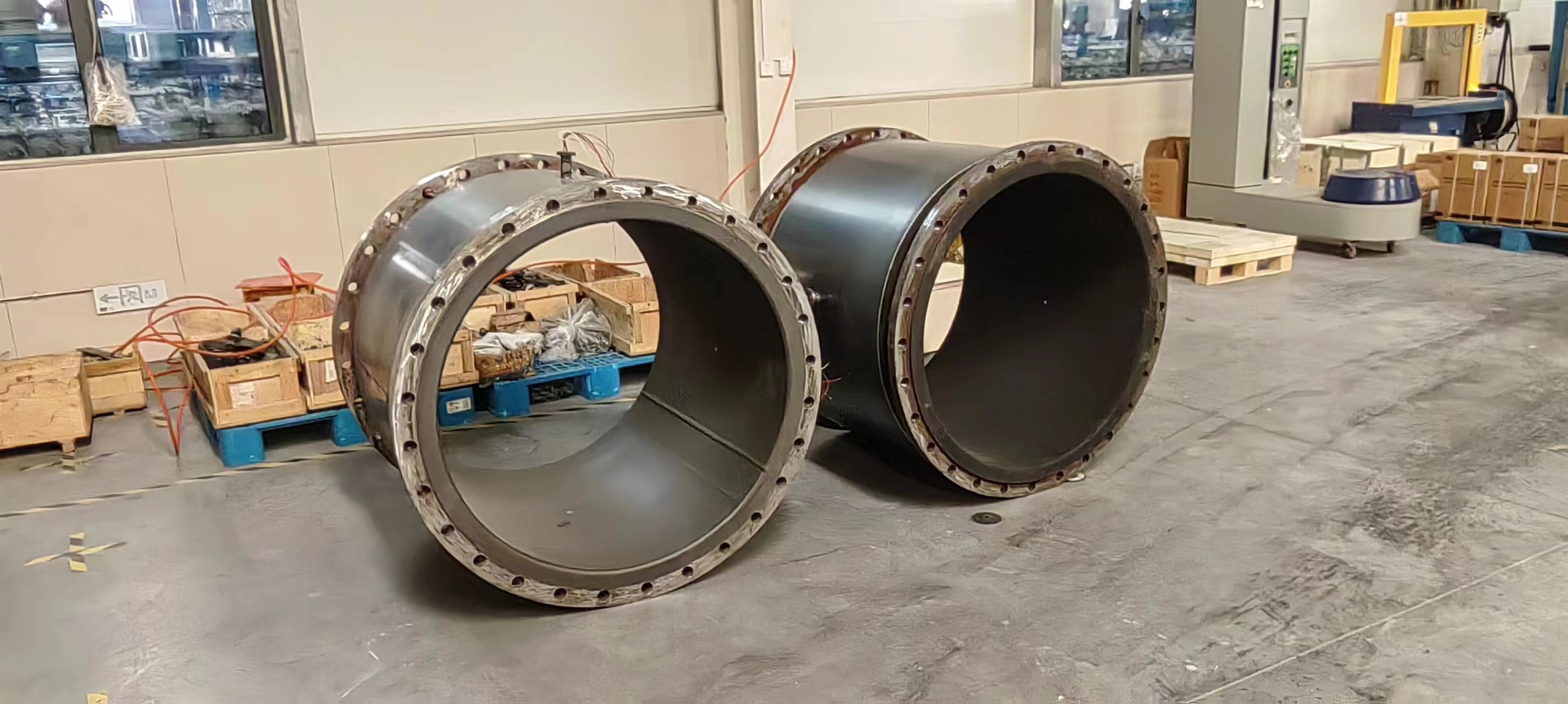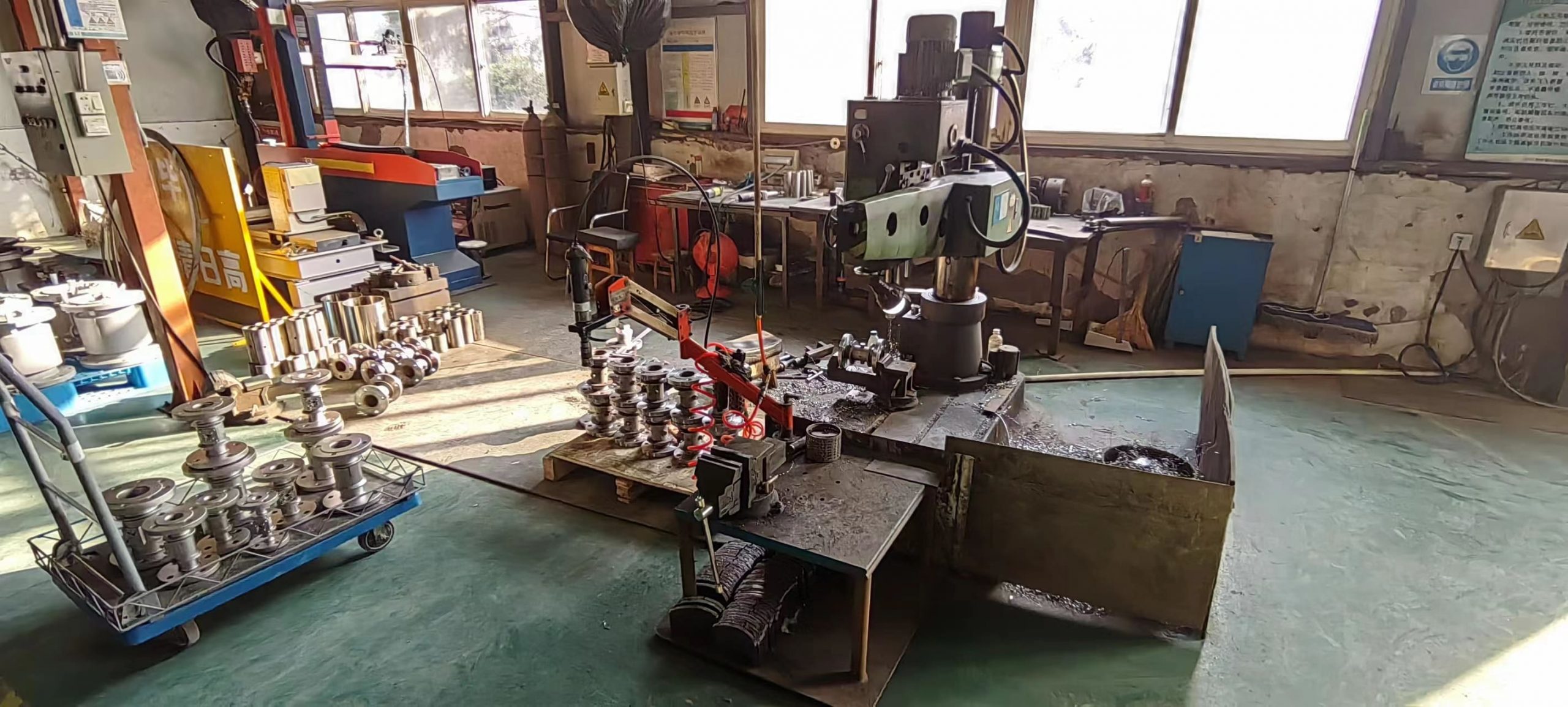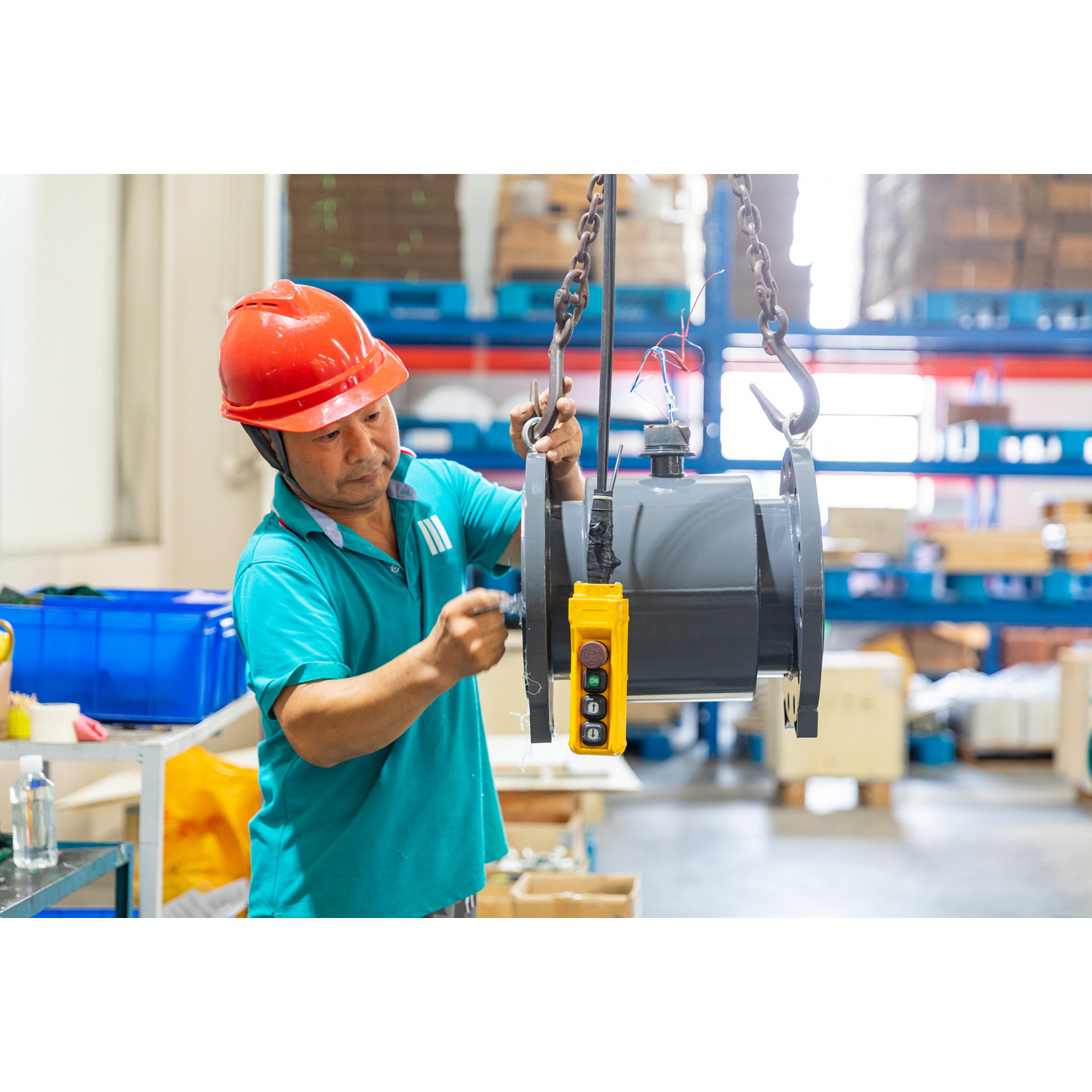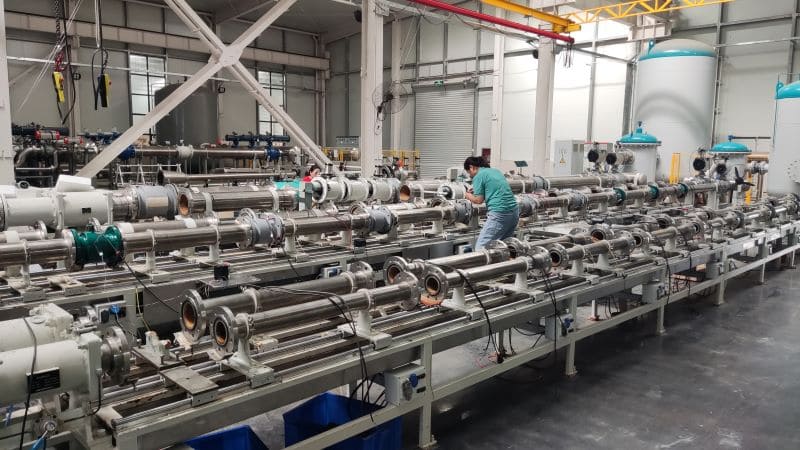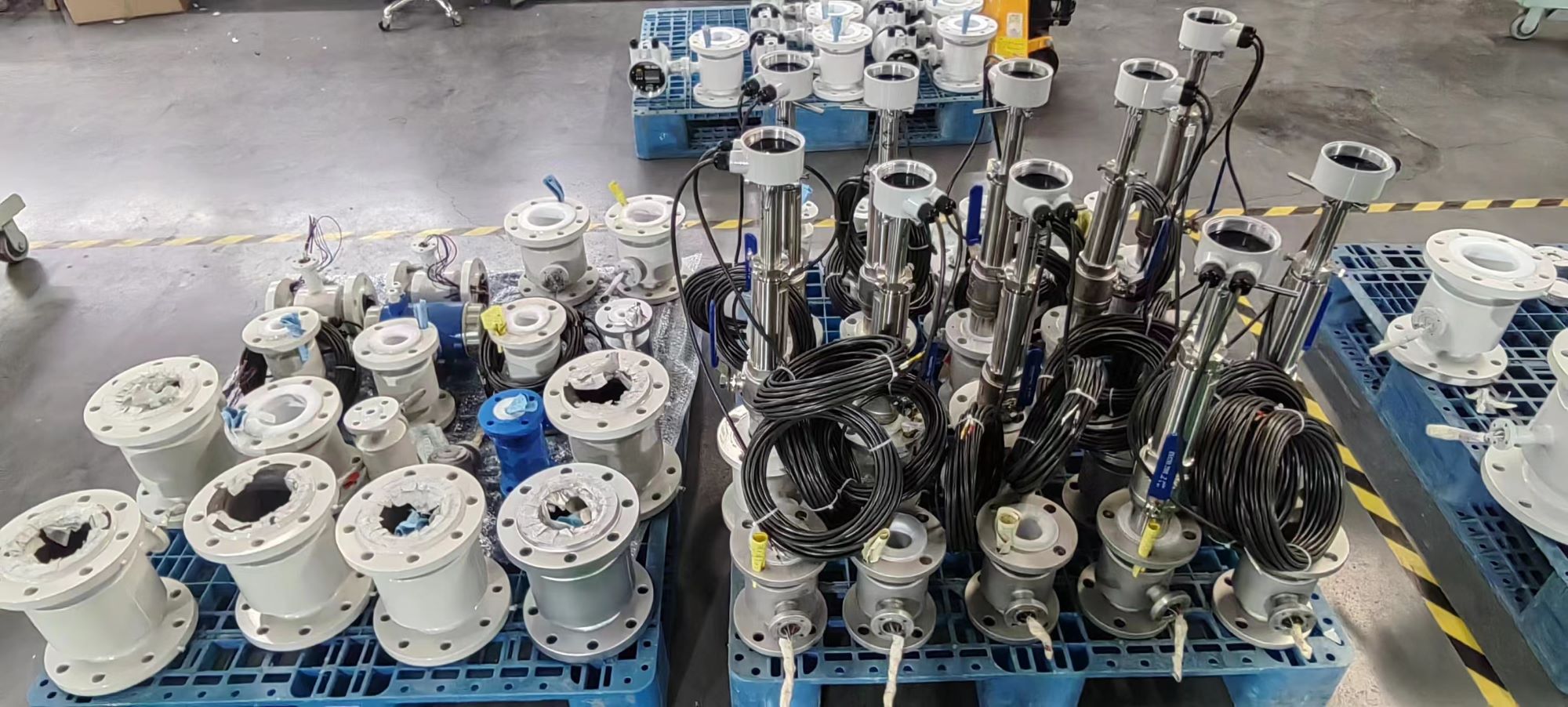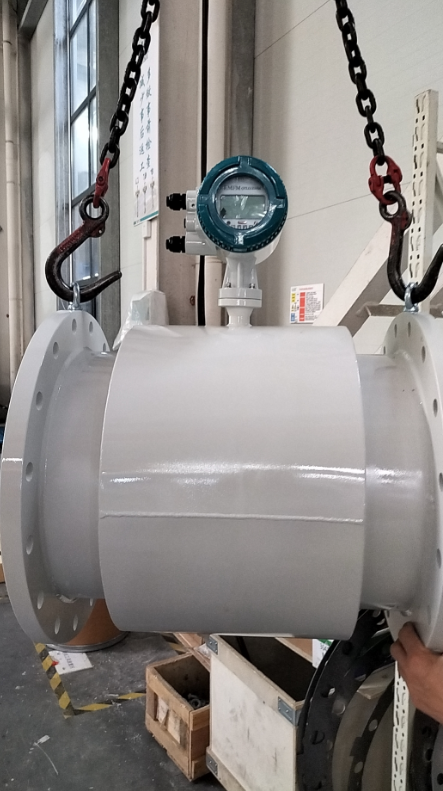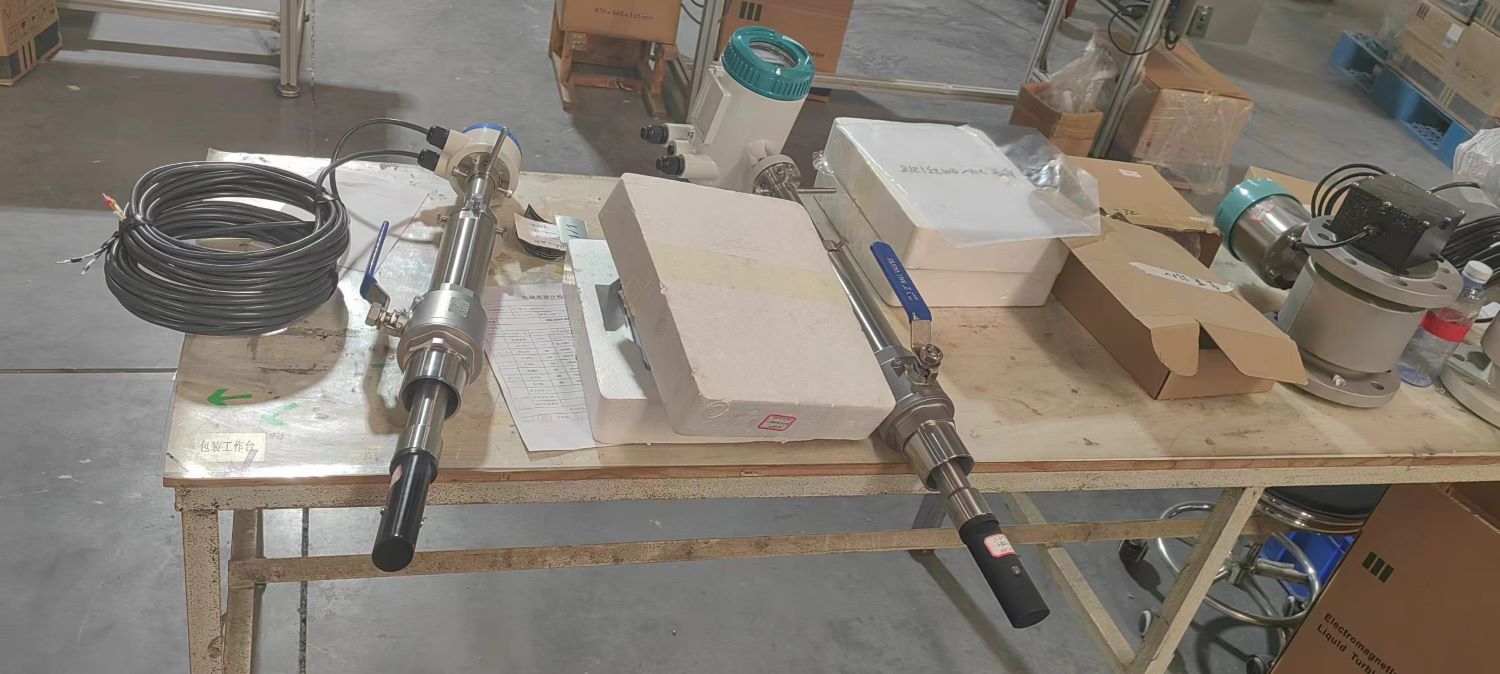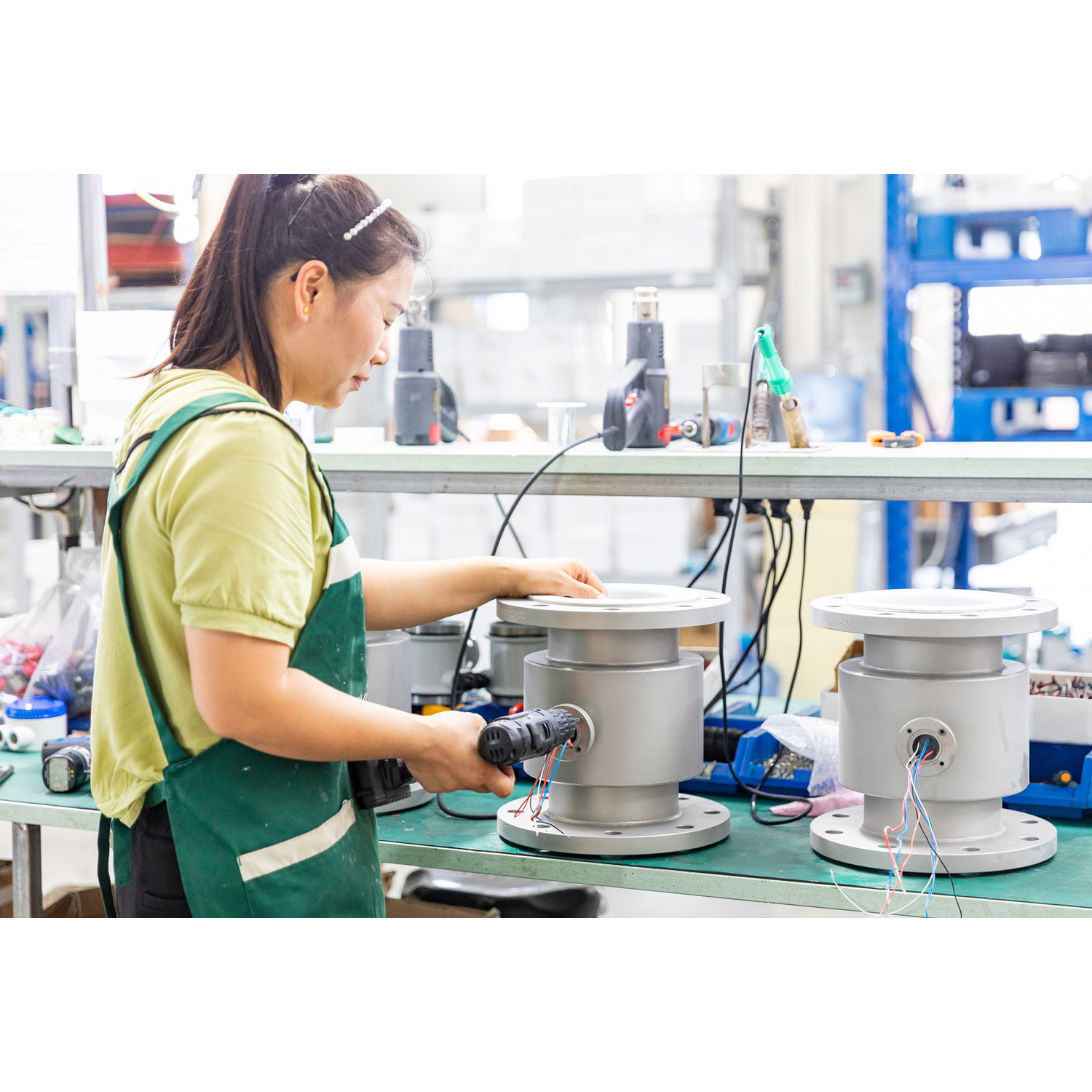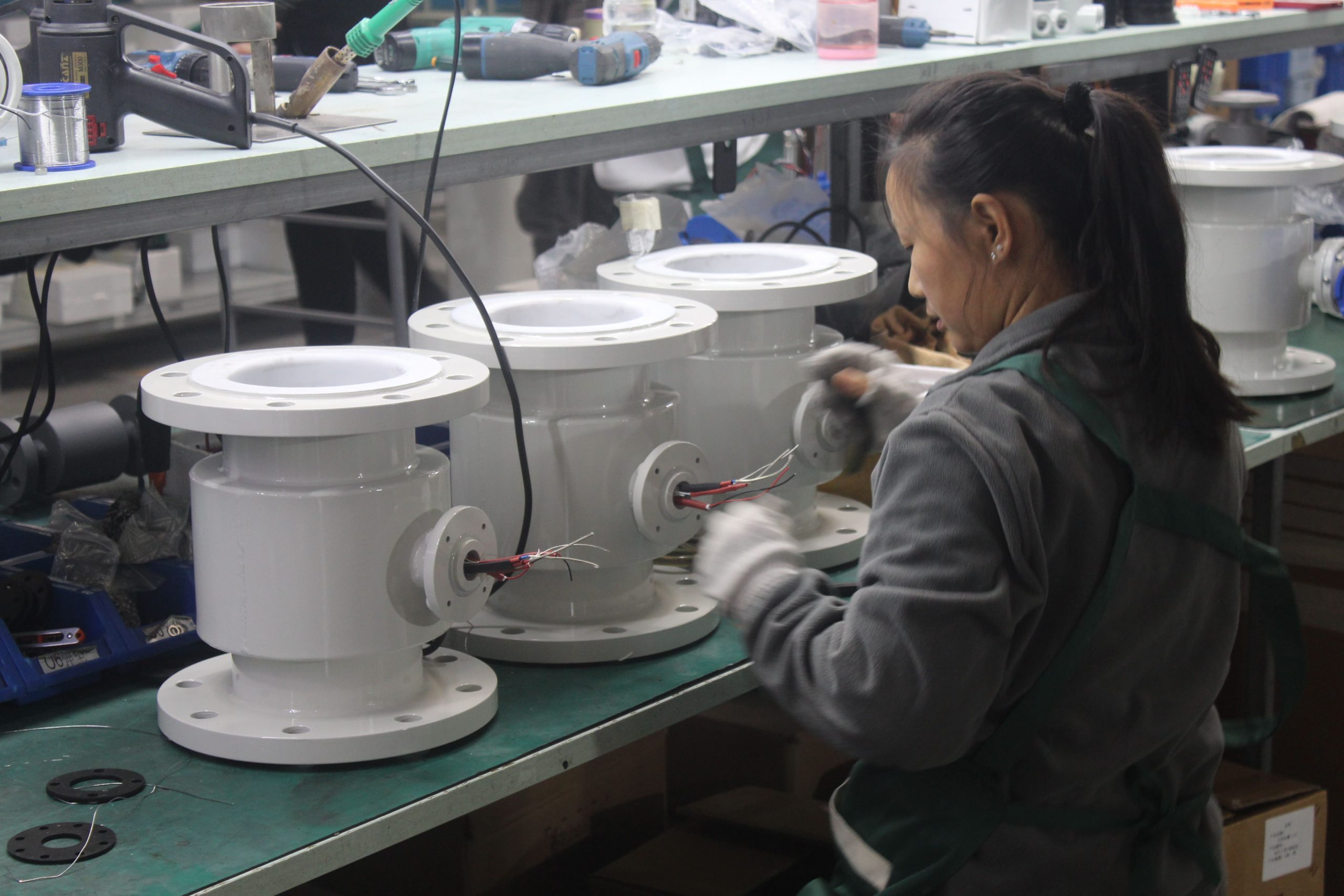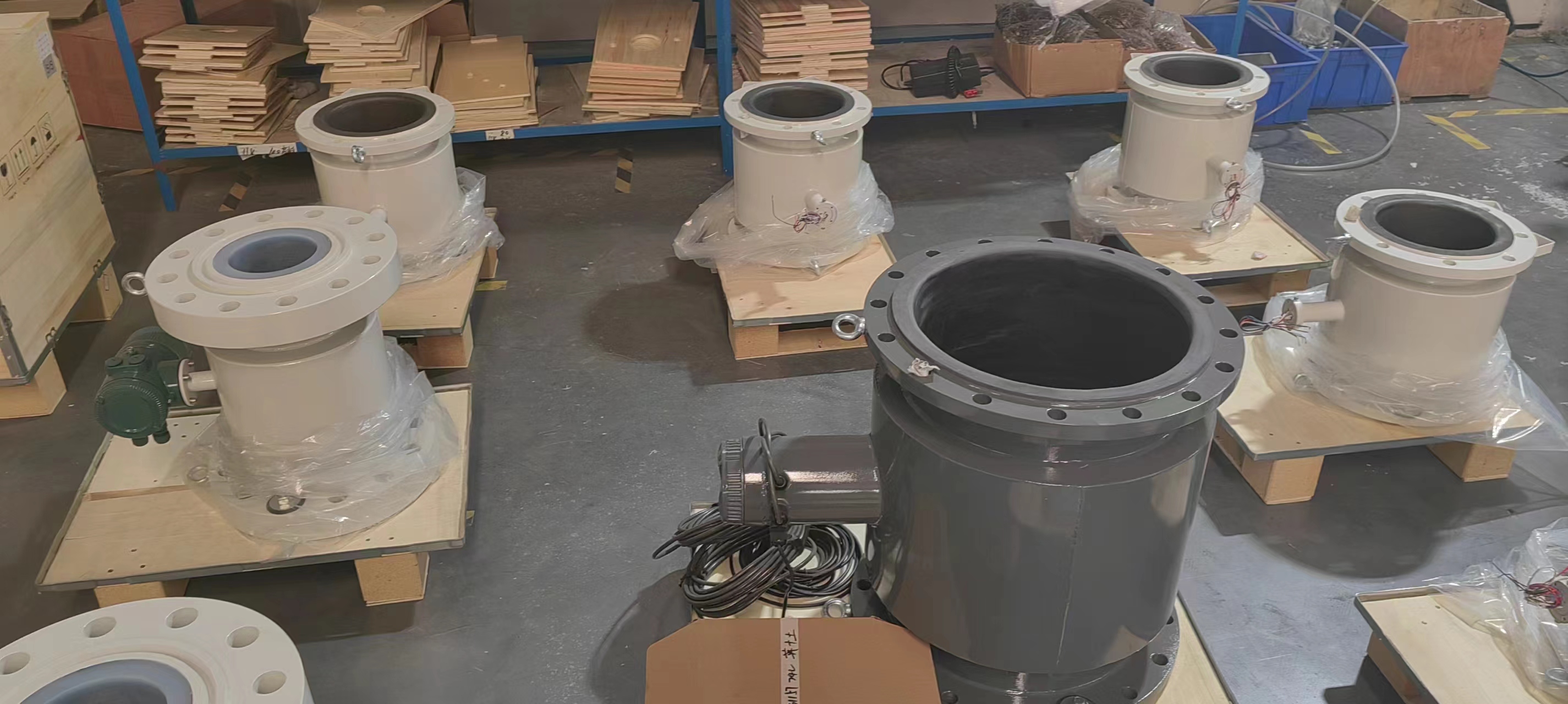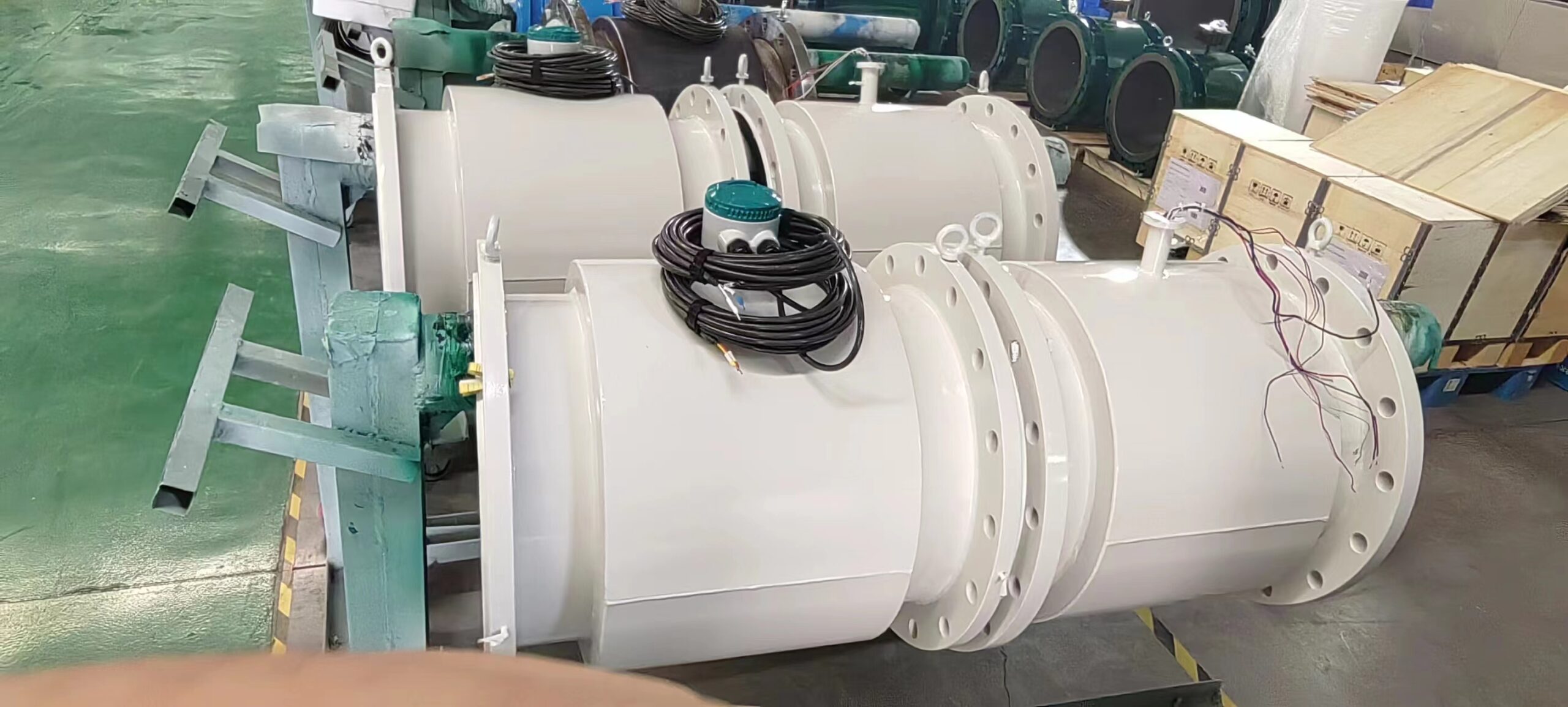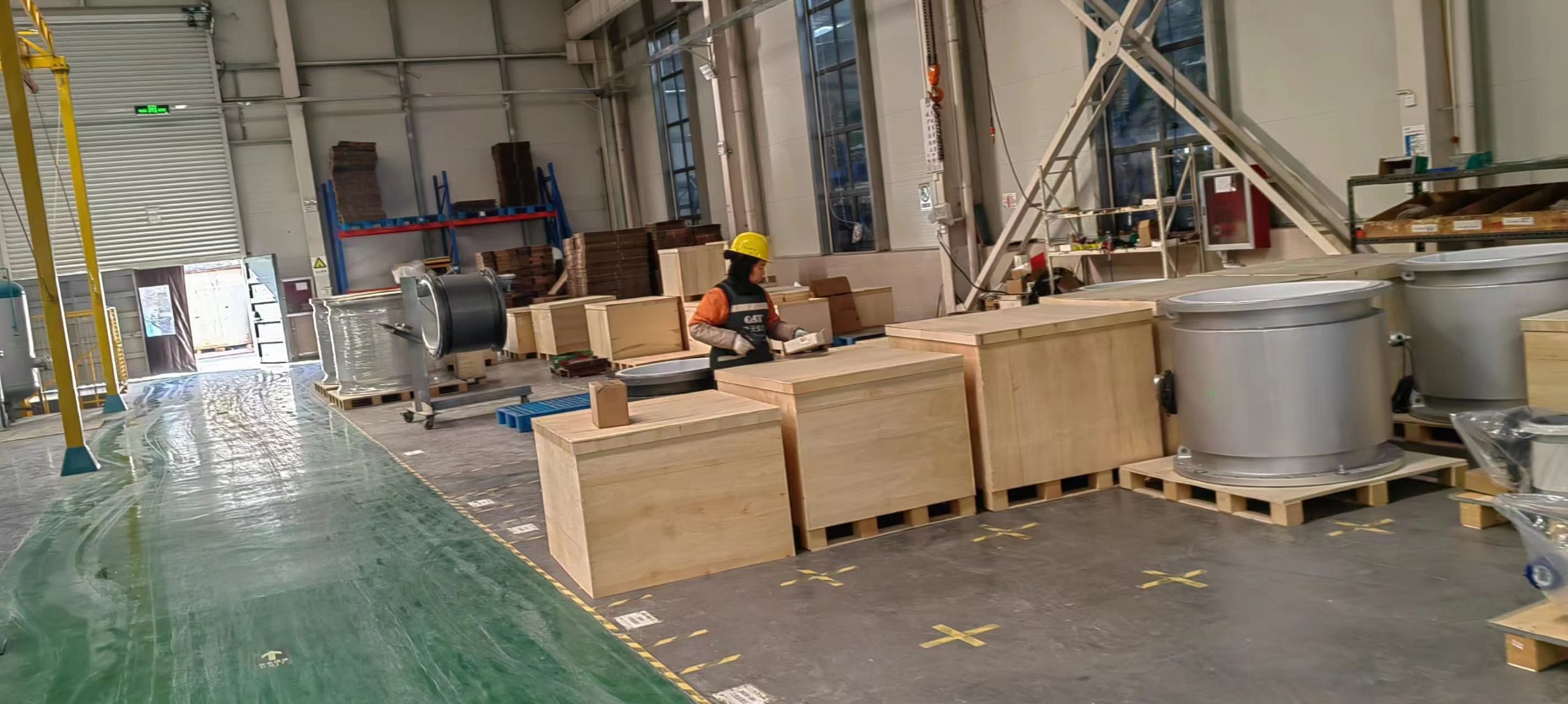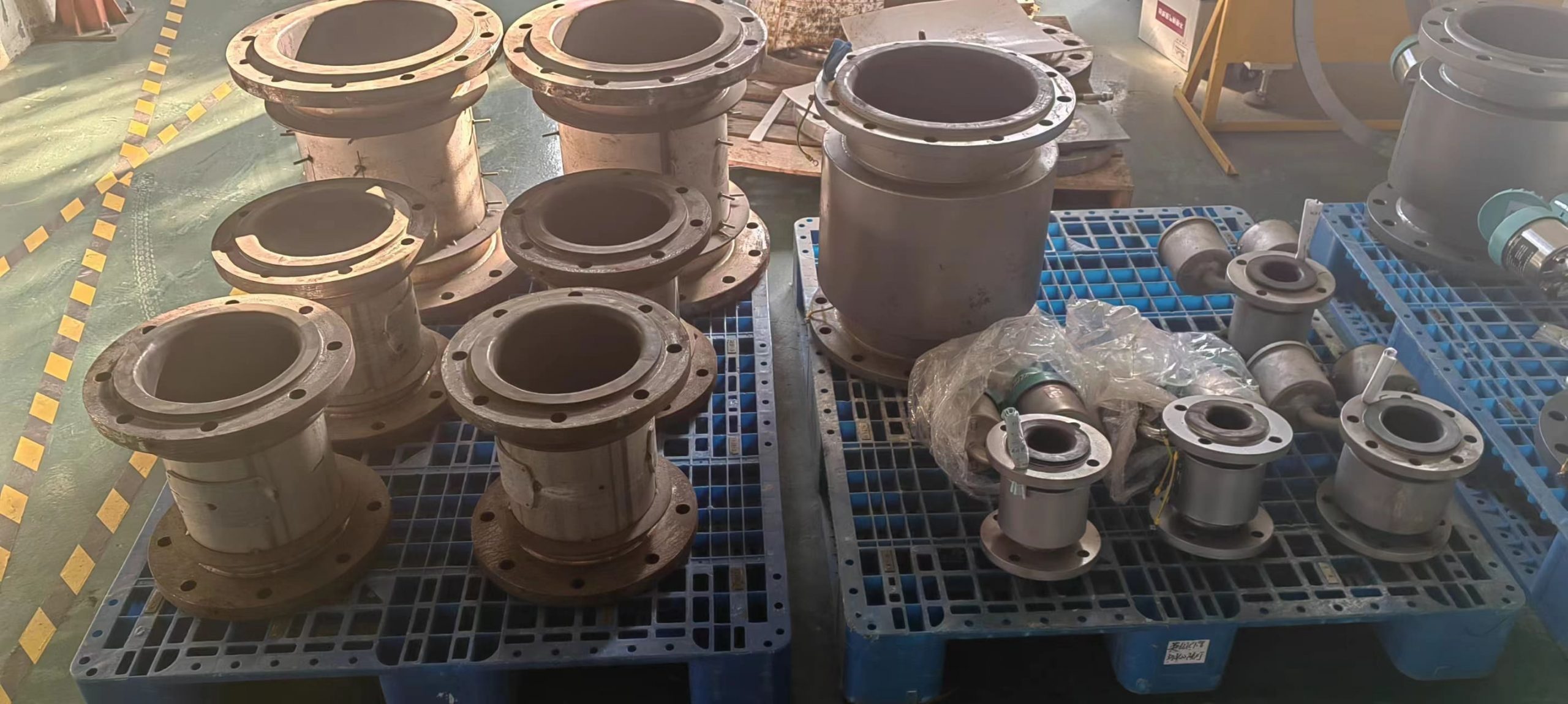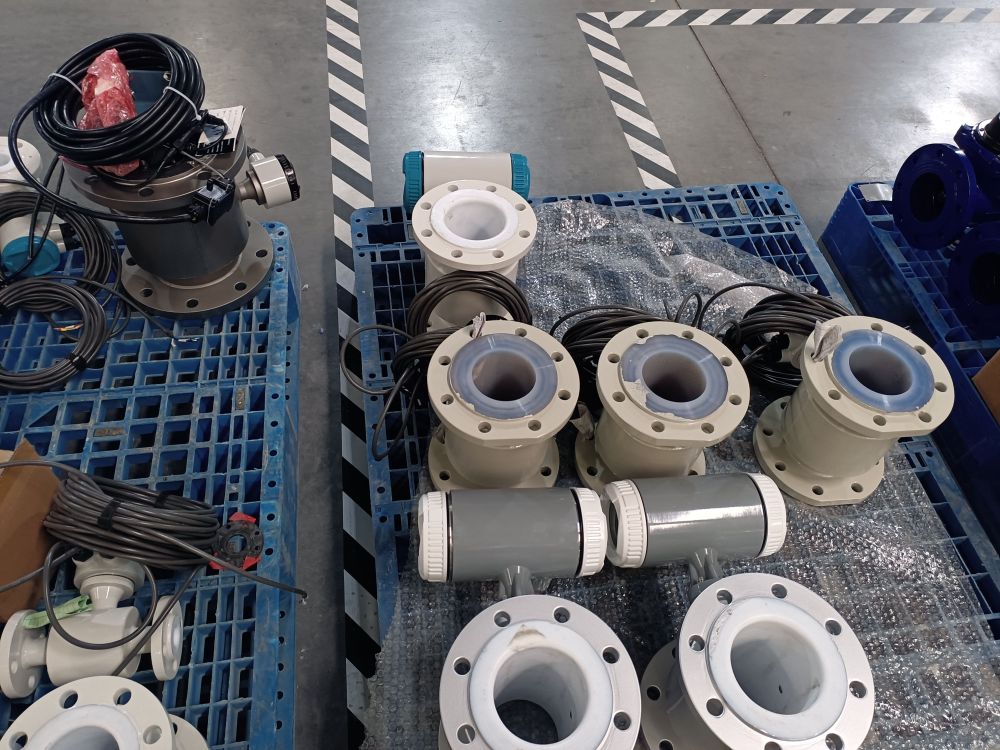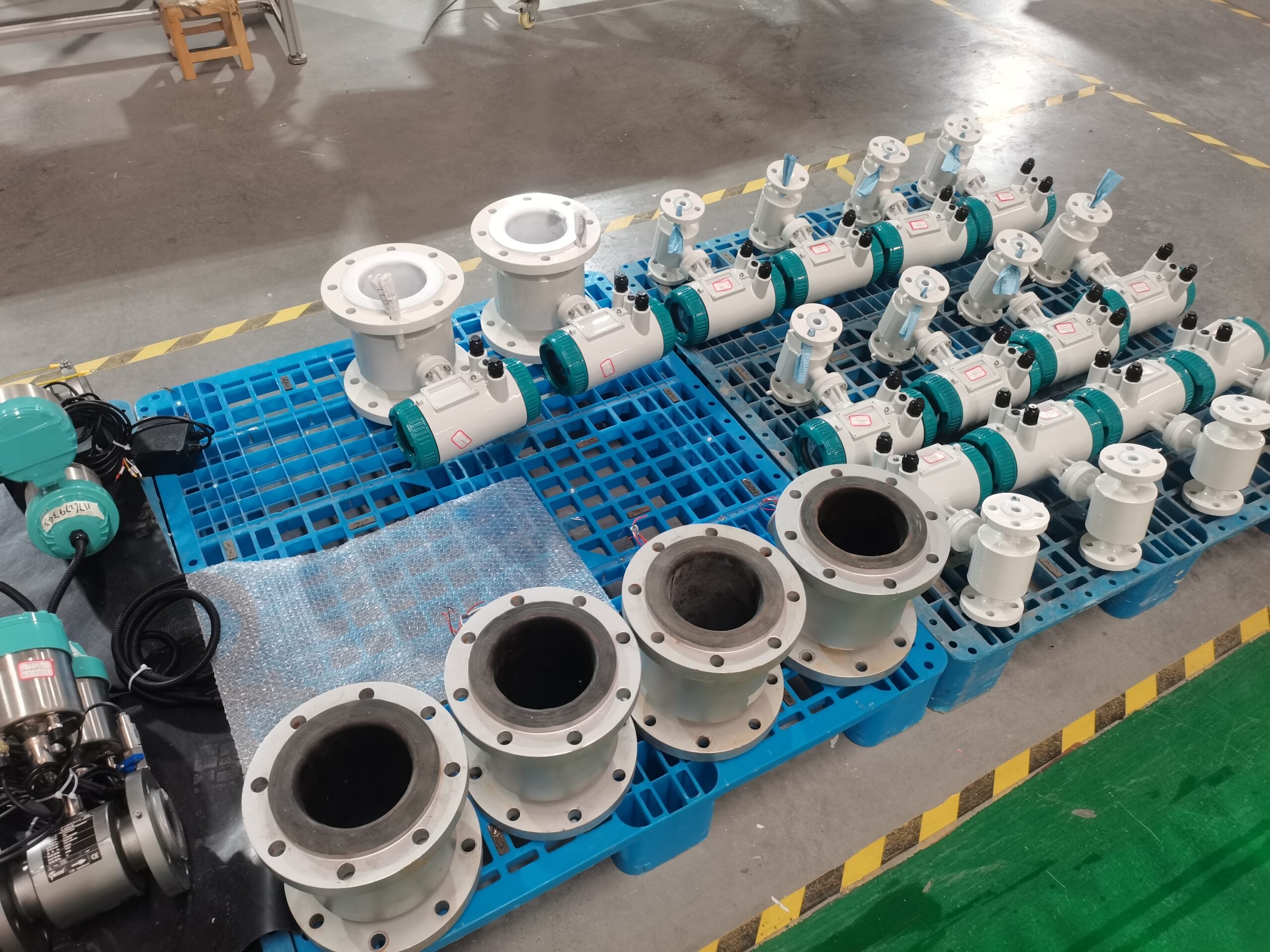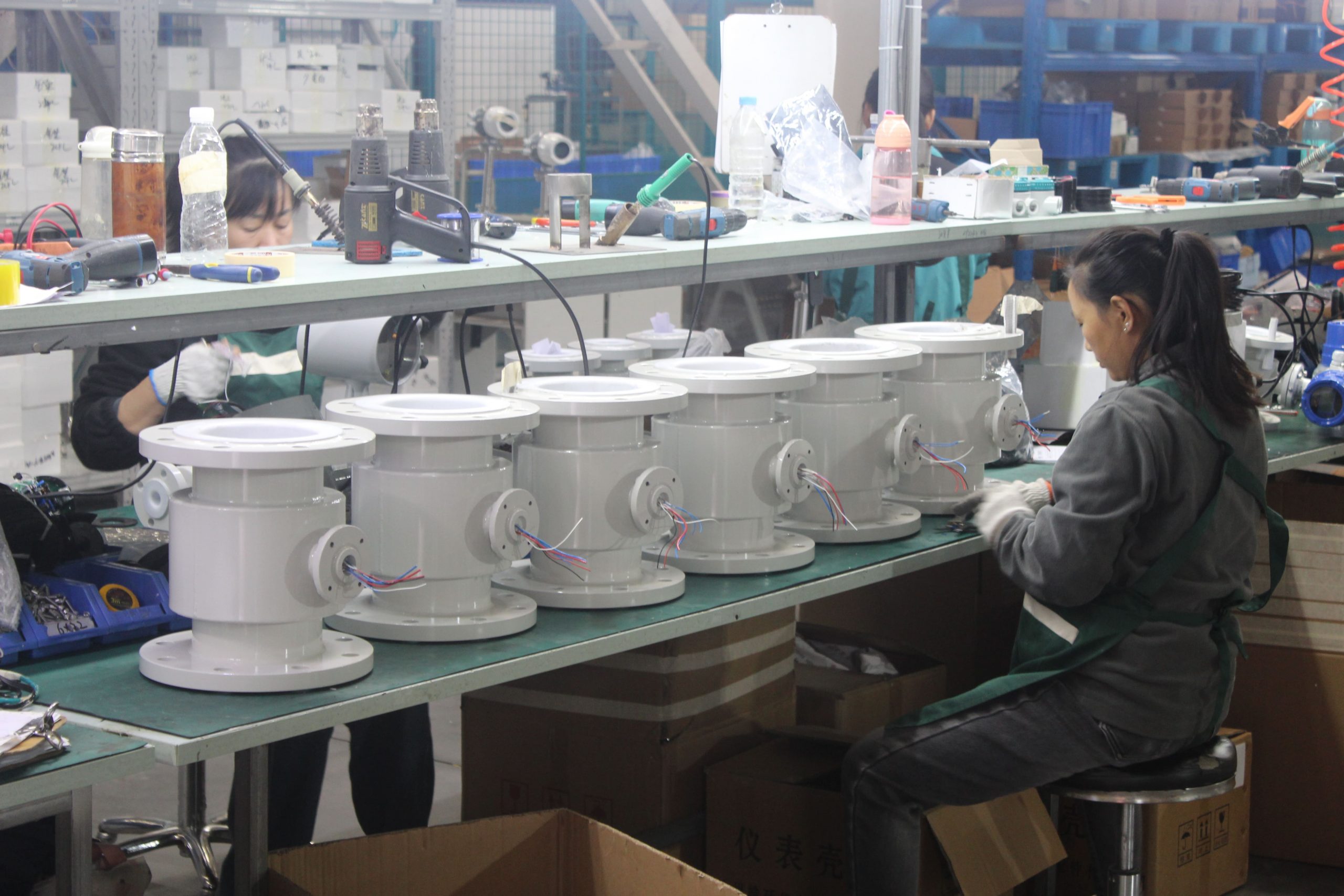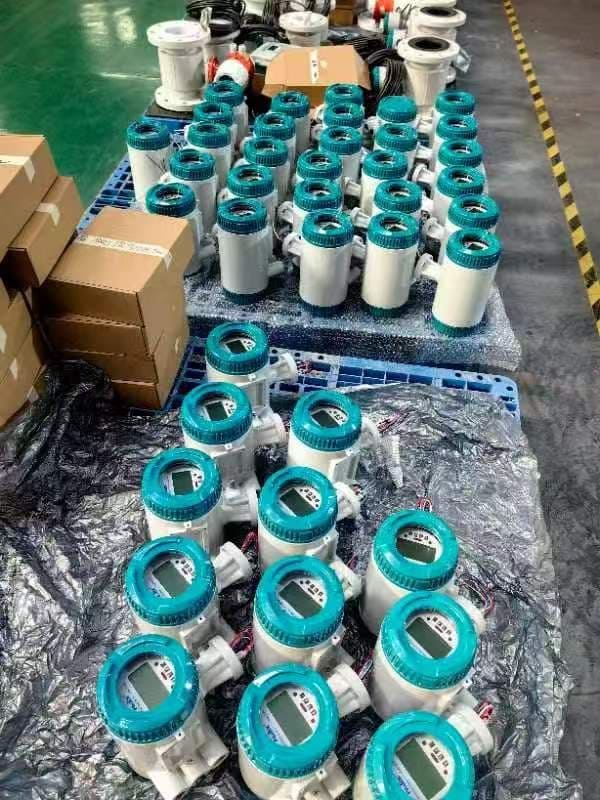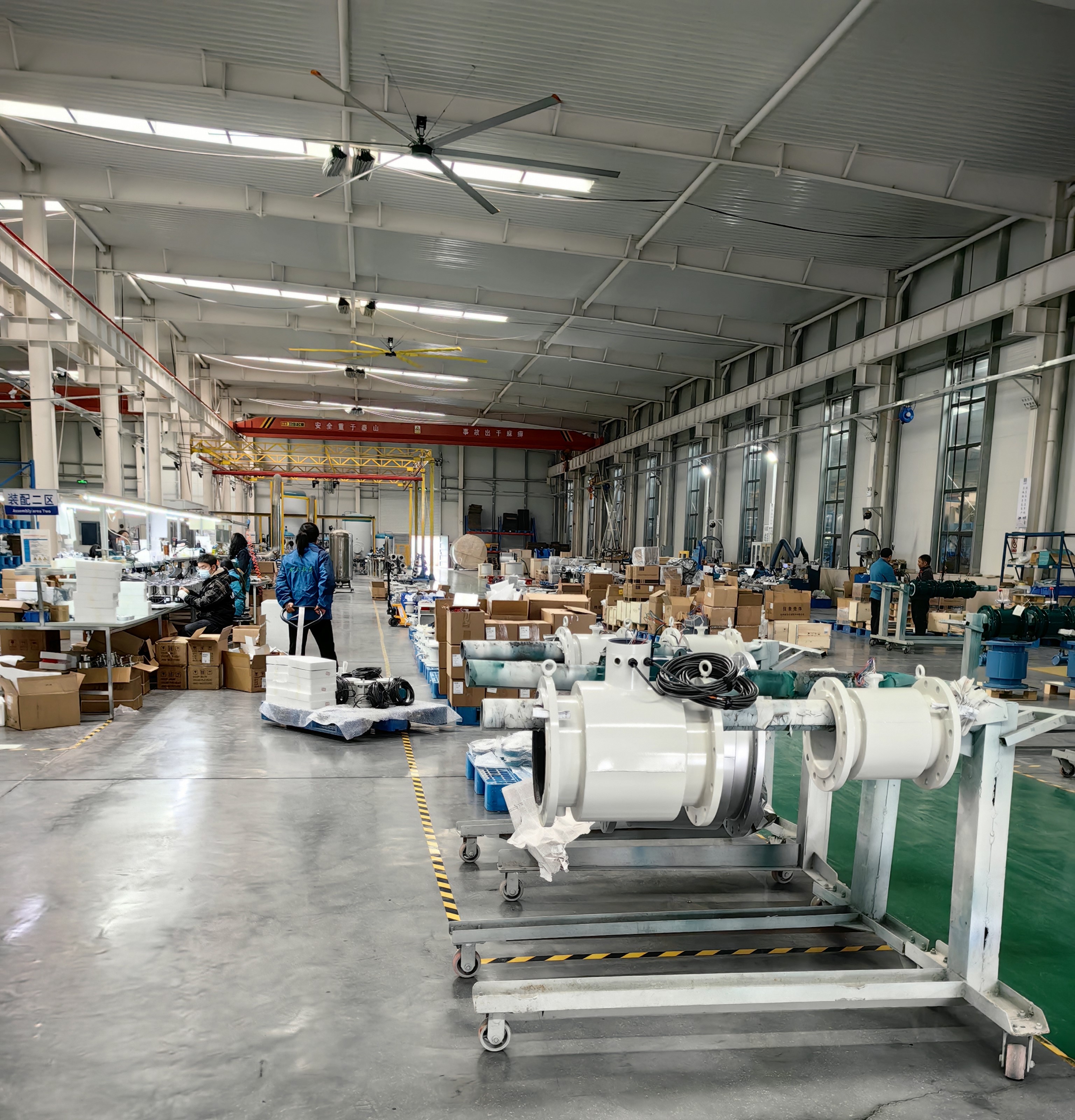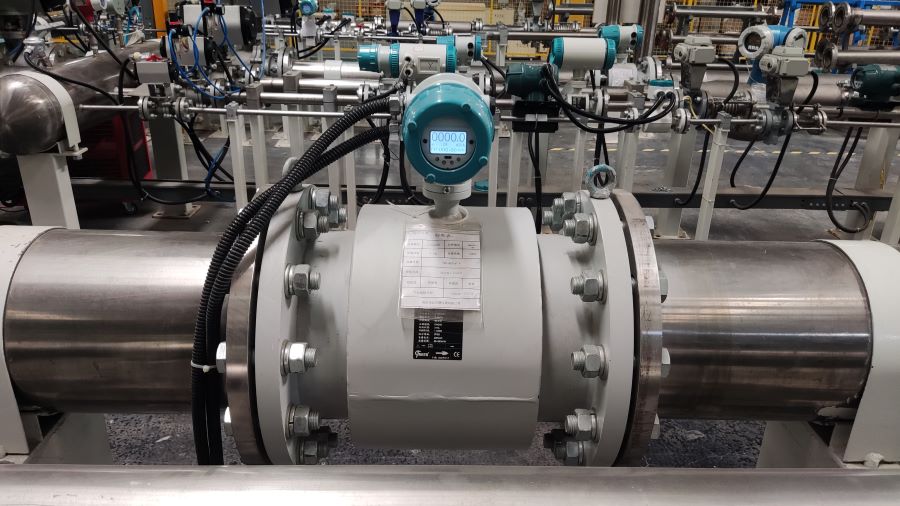What are the requirements for the front and back straight pipe section when installing the electromagnetic flowmeter?
The requirements of the straight tube section of the electromagnetic flowmeter are very important to ensure the accuracy and stability of the measurement results. The following is a detailed analysis of the requirements of the straight pipe section before and after the electromagnetic flowmeter:
1. Requirements for the front straight pipe section of the electromagnetic flowmeter
Length requirements:
In general, the length of the straight pipe section before the electromagnetic flowmeter should be at least 2 to 5 times the diameter of the pipe, depending on the model of the flowmeter, the accuracy requirements, and the fluid characteristics in the pipe. The long straight pipe section helps ensure that the fluid has reached a stable flow state before flowing through the electromagnetic flowmeter, reducing the impact of eddy currents and pulsations on the measurement results.
In certain cases, such as when the fluid medium is viscous or the flow rate is low, a longer front straight section may be required to ensure measurement accuracy.
Other requirements:
The straight pipe section should ensure that there are no obvious bends, manifolds or throttling devices to avoid fluid flow confusion and the generation of vortices.
The inner wall of the pipeline should be kept smooth to reduce friction resistance and fluid flow resistance, and improve the accuracy of measurement.
Before installation, the pipeline should be cleaned to ensure that there are no impurities and dirt in the pipeline, so as not to block the pipeline or affect the stability of the fluid flow.
2. Requirements for the straight pipe section of the electromagnetic flowmeter
Length requirements:
The length of the straight pipe section after the electromagnetic flowmeter should generally be at least 1 to 3 times the diameter of the pipe to ensure that the fluid can still maintain a stable flow state after flowing through the electromagnetic flowmeter to avoid the impact of uneven flow rate distribution on the measurement results.
The length of the back straight pipe section should also be adjusted according to the model and accuracy requirements of the flow meter to ensure the stability and accuracy of the measurement results.
Other requirements:
It is also necessary to avoid adverse factors such as bending, manifold or truncation in the rear straight pipe segment to reduce the resistance of fluid flow and the generation of vortices.
Maintain the stability of the rear straight pipe section to avoid the instability of fluid flow due to vibration and other reasons, which will affect the measurement results.
Summary: The requirements of the straight pipe section of the electromagnetic flowmeter mainly include length requirements and other special requirements. Accuracy and stability of flow measurement can be improved by ensuring adequate length of straight pipe sections and avoiding the presence of adverse factors such as bending, manifold and truncation. At the same time, the pipeline should be cleaned before installation, and the electromagnetic flowmeter should be checked and calibrated after installation to ensure its measurement accuracy and reliability.


